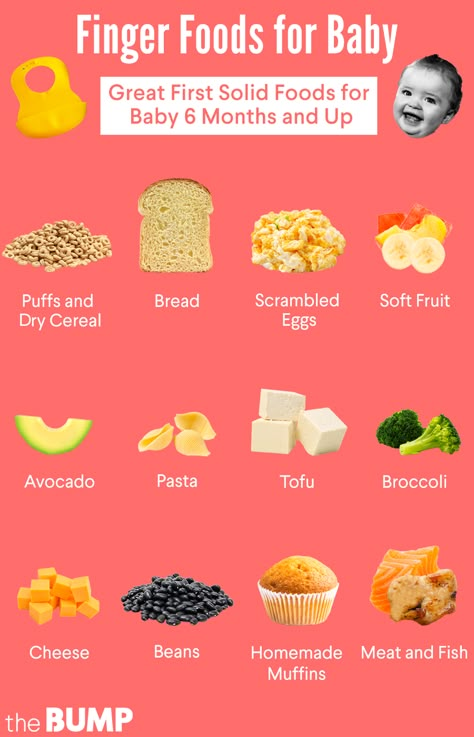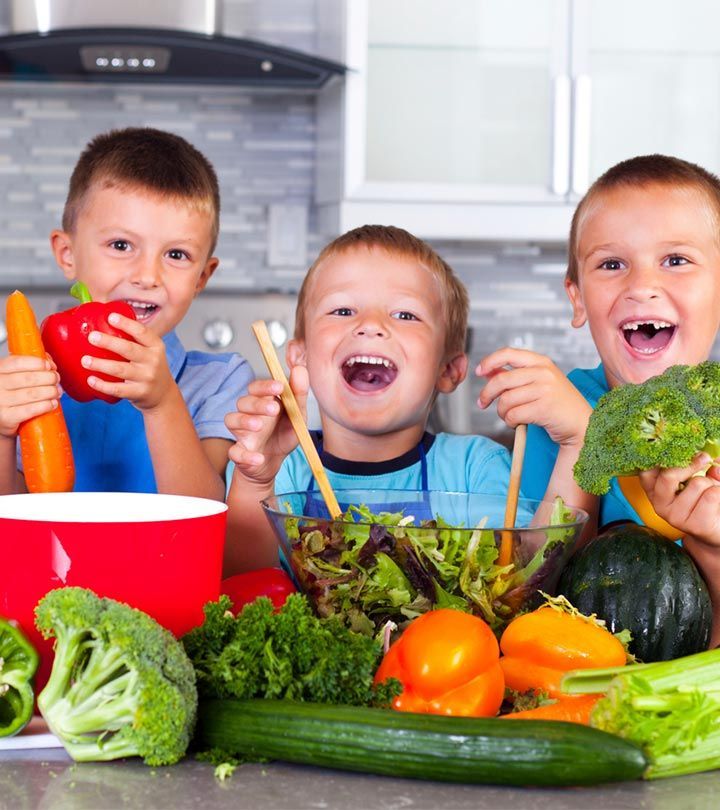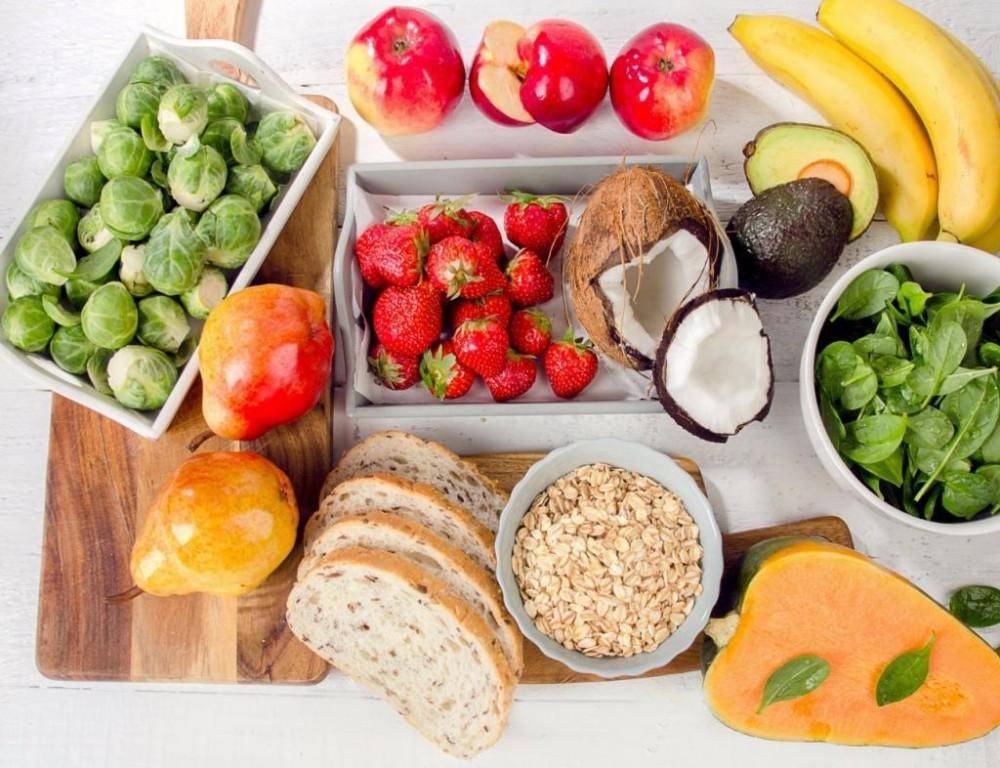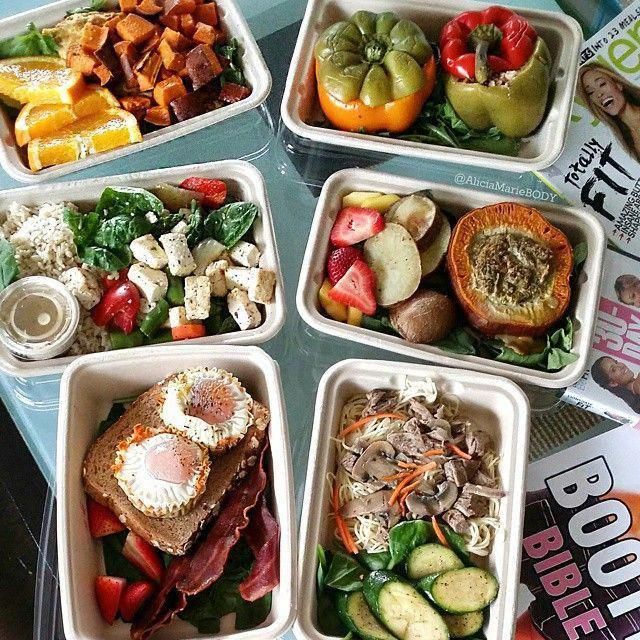Mother feeding baby food
Working Together: Breastfeeding and Solid Foods
Breastfeeding, like many other aspects of parenting, is a gradual process of increasing independence and self-mastery on your baby’s part and a gradual stepping back on yours. You may have already experienced the beginnings of this process during the first half year of life as your baby learned to enjoy drinking expressed breast milk from a bottle or cup and you began to go places without her. Still, the two of you were closely tied to each other in a nutritional sense: your child thrived on your breast milk alone, which provided the nutrients she needed.
During the second half of the year, your breast milk will continue to provide the great majority of necessary nutrients as she starts to sample a variety of new foods. Though your baby will no doubt greatly enjoy the introduction of new tastes and textures in her life, her experiences with solid food are still just practice sessions for the future. It’s important to make sure she continues getting enough breast milk to meet her nutritional needs.
Introducing foods
The American Academy of Pediatrics recommends breastfeeding as the sole source of nutrition for your baby for about 6 months. When you add solid foods to your baby’s diet, continue breastfeeding until at least 12 months. You can continue to breastfeed after 12 months if you and your baby desire. Check with your child’s doctor about vitamin D and iron supplements during the first year.
Parents with food allergies are often advised to avoid foods that commonly cause allergic reactions (such as cow’s milk, dairy products, and foods made from peanuts or other nuts). But recent research found that the late introduction of certain foods may actually increase your baby’s risk for food allergies and inhaled allergies. You should discuss any concerns with your pediatrician.
If no allergies are present, simply observe your baby for indications that she is interested in trying new foods and then start to introduce them gradually, one by one. Signs that the older baby is ready for solids include sitting up with minimal support, showing good head control, trying to grab food off your plate, or turning her head to refuse food when she is not hungry.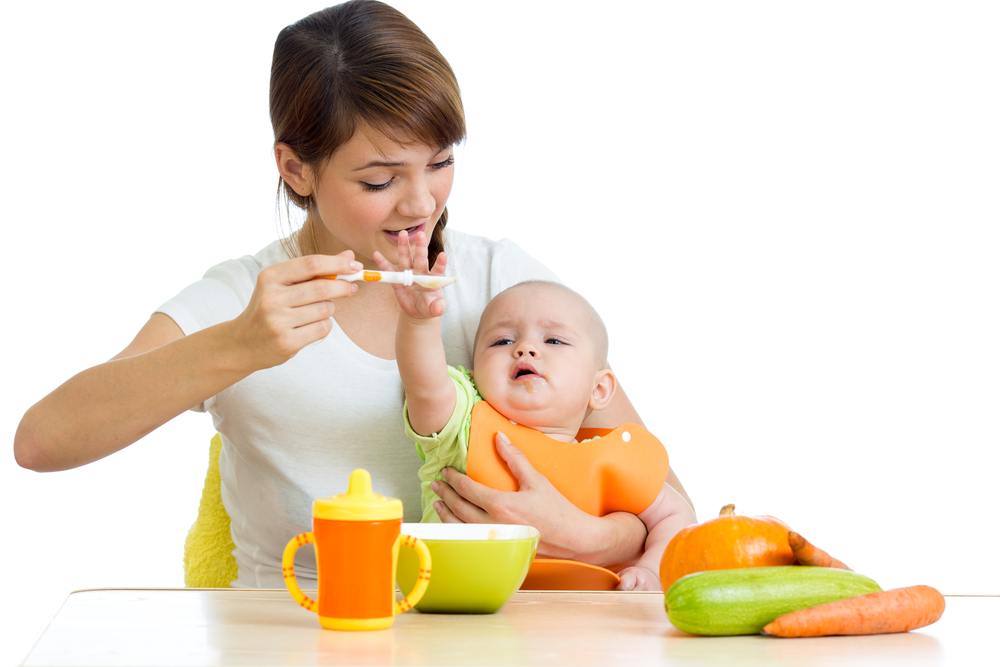 Your baby may be ready for solids if she continues to act hungry after breastfeeding. The loss of the tonguethrusting reflex that causes food to be pushed out of her mouth is another indication that she’s ready to expand her taste experience.
Your baby may be ready for solids if she continues to act hungry after breastfeeding. The loss of the tonguethrusting reflex that causes food to be pushed out of her mouth is another indication that she’s ready to expand her taste experience.
First foods
Since most breastfeeding babies’ iron stores begin to diminish at about six months, good first choices for solids are those rich in iron. Current recommendations are that meats, such as turkey, chicken, and beef, should be added as one of the first solids to the breastfed infant’s diet. Meats are good sources of high-quality protein, iron, and zinc and provide greater nutritional value than cereals, fruits, or vegetables.
Iron-fortified infant cereal (such as rice cereal or oatmeal) is another good solid food to complement breast milk. When first starting infant cereal, check the label to make sure that the cereal is a single- ingredient product—that is, rice cereal or oatmeal—and does not contain added fruit, milk or yogurt solids, or infant formula. This will decrease the likelihood of an allergic reaction with the initial cereal feedings. You can mix the cerealwith your breast milk, water, or formula (if you’ve already introduced formula to your baby) until it is a thin consistency. As your baby gets used to the taste and texture, you can gradually make it thicker and increase the amount.
This will decrease the likelihood of an allergic reaction with the initial cereal feedings. You can mix the cerealwith your breast milk, water, or formula (if you’ve already introduced formula to your baby) until it is a thin consistency. As your baby gets used to the taste and texture, you can gradually make it thicker and increase the amount.
Once your child has grown accustomed to these new tastes, gradually expand her choices with applesauce, pears, peaches, bananas, or other mashed or strained fruit, and such vegetables as cooked carrots, peas, and sweet potatoes. Introduce only one new food at a time and wait several days before you add another new food, to make sure your child does not have a negative reaction.
As you learn which foods your baby enjoys and which ones she clearly dislikes, your feeding relationship will grow beyond nursing to a more complex interaction— not a replacement for breastfeeding, certainly, but an interesting addition to it. Remember to keep exposing your baby to a wide variety of foods.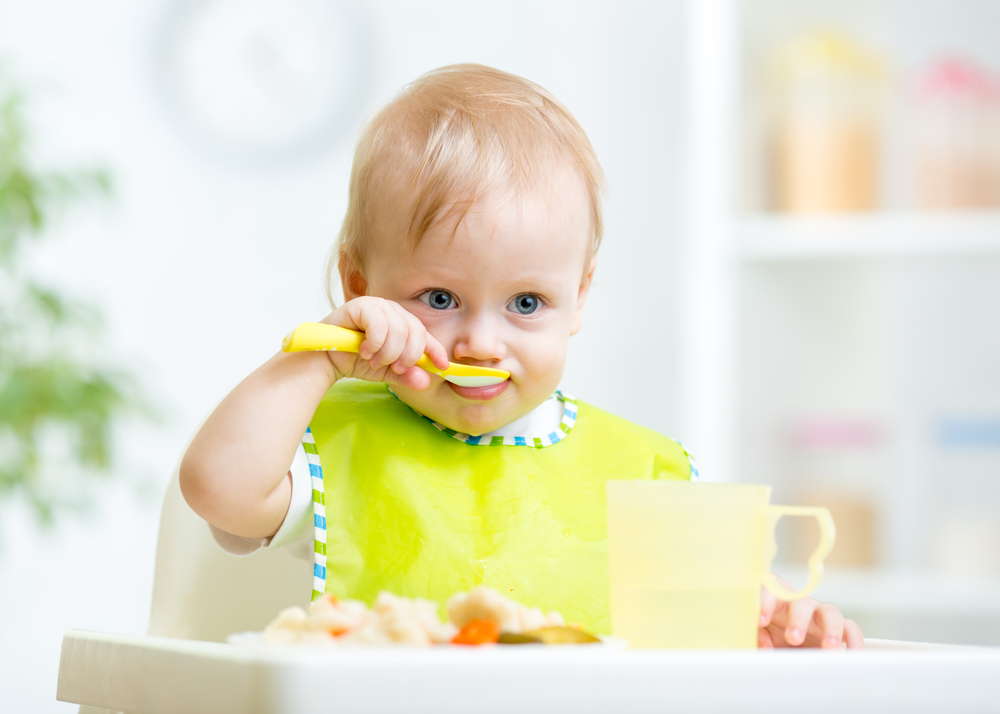 Research indicates that some babies need multiple exposures to a new taste before they learn to enjoy it. The breastfed baby has already been experiencing different flavors in the mother’s breast milk, based upon her diet, so solid foods often have a familiar taste when introduced to the breastfed baby.
Research indicates that some babies need multiple exposures to a new taste before they learn to enjoy it. The breastfed baby has already been experiencing different flavors in the mother’s breast milk, based upon her diet, so solid foods often have a familiar taste when introduced to the breastfed baby.
Babies need only a few spoonfuls as they begin solids. Since these first foods are intended as complements and not replacements for your breast milk, it’s best to offer them after a late afternoon or evening feeding, when your milk supply is apt to be at its lowest and your baby may still be hungry.
Some pediatricians recommend an iron supplement. If this is the case, be careful to give the exact dose prescribed by your doctor. Always store iron and vitamin preparations out of the reach of young children in the household, since overdoses can be toxic.
You may find that the number of breastfeedings will gradually decrease as her consumption of solid food increases. A baby who nursed every two to three hours during early infancy may enjoy three or four meals of breast milk per day (along with several snacks) by her twelfth month.
Unless you intend to wean her soon, be sure to continue breastfeeding whenever she desires, to ensure your continuing milk supply. To ease breast discomfort, it may become necessary to express a small amount of milk manually on occasion, if her decreasing demand leaves you with an oversupply. Breast comfort is another reason why a gradual introduction of solid foods is advisable, since it allows your body time to adapt to changing demands. Over the span of several months, a readjustment in the supply-and-demand relationship can take place smoothly and painlessly.
The information contained on this Web site should not be used as a substitute for the medical care and advice of your pediatrician. There may be variations in treatment that your pediatrician may recommend based on individual facts and circumstances.
Breastfeeding FAQs: Solids and Supplementing (for Parents)
Breastfeeding is a natural thing to do, but it still comes with its fair share of questions. Here's what you need to know about about introducing formula, solids, and more.
Here's what you need to know about about introducing formula, solids, and more.
Is it OK to Give My Baby Breast Milk and Formula?
Breast milk is the best nutritional choice for babies. But in some cases, breastfeeding (or exclusive breastfeeding) isn’t possible or an option. What’s best for your baby's health and happiness is, in large part, whatever works for your family. So if you need to supplement, your baby will be fine and healthy, especially if it means less stress for you.
Babies who need supplementation may do well with a supplemental nursing system. This is when moms place a small tube by their nipple that delivers pumped milk or formula while a baby is breastfeeding.
Babies also can get pumped milk or formula by bottle. But it’s a good idea to wait until your baby has gotten used to and is good at breastfeeding. Lactation professionals recommend waiting until a baby is about 3-4 weeks old before offering artificial nipples of any kind (including pacifiers).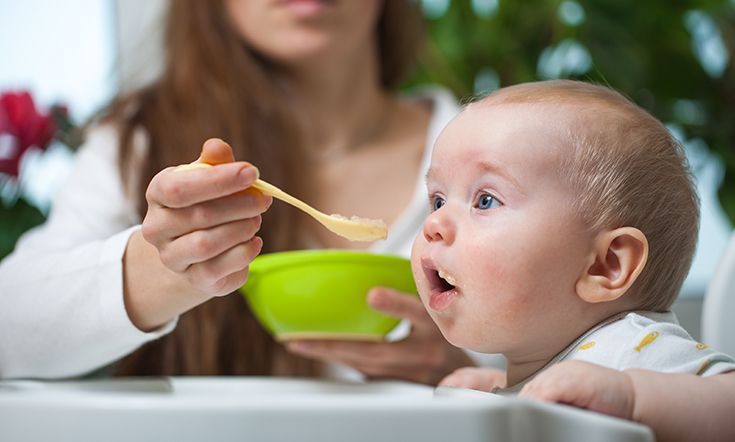
If I Give My Baby Formula, How Do I Start?
If you're using formula because you're not producing the amount of milk your baby needs, nurse first. Then, give any pumped milk you have and make up the difference with formula as needed.
If you're stopping a breastfeeding session or are weaning from breastfeeding altogether, begin to replace breastfeeding with bottle feeds. As you do this, pump to reduce uncomfortable engorgement. Engorgement is when your breasts overfill with milk and other fluids and get painful, swollen, warm, or hard. This can lead to problems with plugged ducts (when the ducts won’t drain well or at all) or a breast condition called mastitis.
When you reduce the number of nursing sessions, your milk supply will decrease. Your body will adapt to produce just enough milk to fit your new feeding schedule.
How Might a Diet With Formula Affect My Baby?
Starting your breastfed baby on formula can cause some change in the frequency, color, and consistency of your baby’s poop. Be sure to talk your doctor, though, if your baby has trouble pooping.
Be sure to talk your doctor, though, if your baby has trouble pooping.
If your baby refuses formula alone, you can try mixing some of your pumped breast milk with it to help the baby get used to the new taste.
Is it OK for Me to Give My Baby the First Bottle?
If possible, have someone else give the first bottle. This is because babies can smell their mothers and they're used to receiving breast milk from mom, not a bottle. So try to have someone else — like a caregiver or partner — give the first bottle.
Also consider being out of the house or out of sight when your baby takes that first bottle, since your little one will wonder why you're not doing the feeding as usual. Depending on how your baby takes to the bottle, you might need to keep doing this until your baby gets used to bottle feeding.
If your baby has a hard time adjusting to this new form of feeding, be patient and keep trying. Talk to your doctor if you have questions.
Does My Breastfed Baby Need Supplements?
Breast milk contains many vitamins and minerals.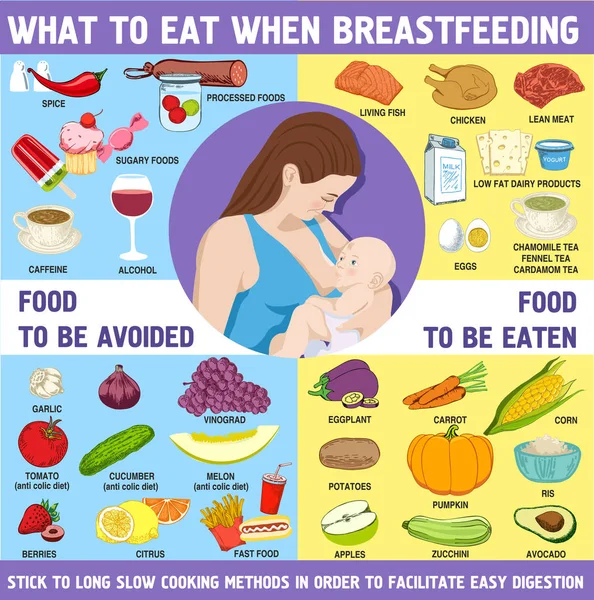 But it’s a good idea to give a daily supplement for some nutrients that may be lacking. It all depends on your baby’s age.
But it’s a good idea to give a daily supplement for some nutrients that may be lacking. It all depends on your baby’s age.
Here are some guidelines:
- Vitamin D. Breastfed babies need to take a daily vitamin D supplement. Vitamin D is added to infant formulas. Vitamin D is made by the body when the skin is exposed to sunlight, but it is not safe for infants under 6 months to be in direct sunlight. (After 6 months, use sunscreen when in the sun to protect your baby’s sensitive skin).
- Iron. Iron is a mineral found in breastmilk during the first 4 months of life. After that, babies need an iron supplement until they begin eating enough iron-rich foods (such as cereals or meats) when they’re around 6 months old. If your baby gets a mix of breast milk and iron-fortified formula, talk to your doctor about whether your little one needs a supplement. After they start on solids, some babies still need iron supplements if they don’t eat enough iron-rich foods.
 You doctor can tell you if your baby is getting enough iron.
You doctor can tell you if your baby is getting enough iron. - Fluoride. Babies younger than 6 months do not need a fluoride supplement. After your baby is 6 months old, you can start supplementing with fluoride if your water supply lacks fluoride. Well water, bottled water, tap water in some communities, and ready-to-feed formulas do not have fluoride.
It’s important to find out if your water supply has fluoride in it. You can ask your doctor, dentist, or local water utility agency if the water in your community is fluoridated. Giving a child too much fluoride can cause white marks on the teeth, so there is no need to give a fluoride supplement if your child gets enough fluoride from water.
When Should I Introduce Solid Foods?
The best time to introduce solid foods is when your baby has the skills needed to eat, usually between 4 and 6 months of age. This is when your baby:
- has good head and neck control
- can sit up
- has lost the tongue-thrust reflex (which causes babies to push food out of the mouth)
- has the motor skills needed to transfer food to the back of the mouth to swallow
- shows an interest in food (by watching others eat, reaching for food, or opening the mouth as food approaches)
By this age, babies usually weigh twice their birth weight, or close to it.
Wait until your baby is at least 4 months old and shows these signs of readiness before starting solids. Many babies exclusively breastfeed until 6 months of age, which is perfectly healthy.
Babies who start solid foods before 4 months are at a higher risk for obesity and other problems later on. They also aren't coordinated enough to safely swallow solid foods and may choke on the food or inhale it into their lungs.
How Should I Start Solids?
When the time is right, start with a single-grain, iron-fortified baby cereal. Rice cereal has traditionally been the first food for babies, but you can start with any you prefer. Start with 1 or 2 tablespoons of cereal mixed with breast milk, formula, or water. Never add cereal to a baby's bottle unless your doctor recommends it.
Another good first option is an iron-rich puréed meat. Feed your baby with a small baby spoon.
At this stage, solids should be fed after a nursing session, not before. That way, your baby fills up on breast milk, which should be your baby's main source of nutrition until age 1.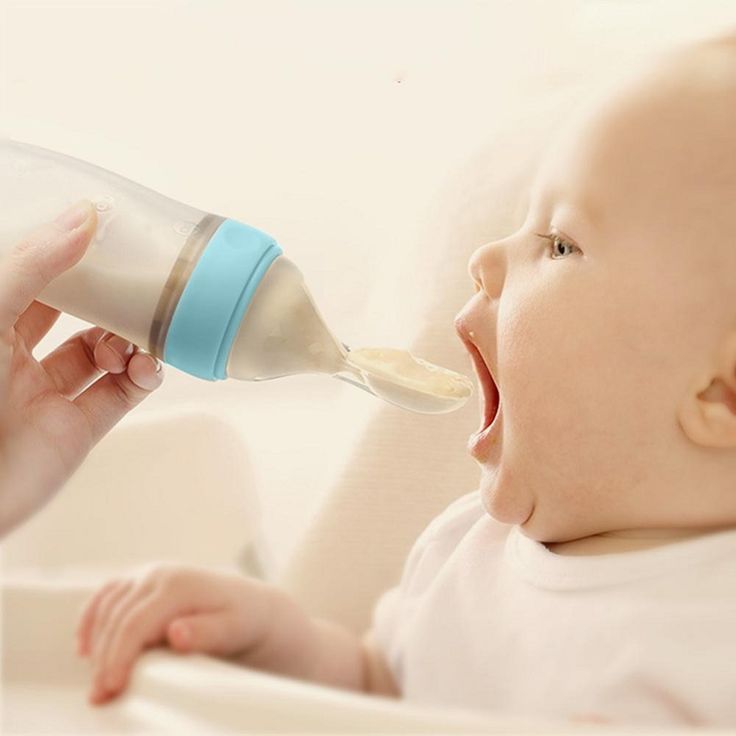
When your baby gets the hang of eating the first food, introduce others, such as puréed fruits, vegetables, beans, lentils, or yogurt. Wait a few days between introducing new foods to make sure your baby doesn't have an allergic reaction.
Experts recommend introducing common food allergens to babies when they're 4–6 months old. This includes babies with a family history of food allergies. In the past, they thought that babies should not get such foods (like eggs, peanuts, and fish) until after the first birthday. But recent studies suggest that waiting that long could make a baby more likely to develop food allergies.
Offer these foods to your baby as soon as your little one starts eating solids. Make sure they're served in forms that your baby can easily swallow. You can try a small amount of peanut butter mixed into fruit purée or yogurt, for example, or soft scrambled eggs.
When Can I Give My Baby Water?
In their first few months, babies usually don't need extra water.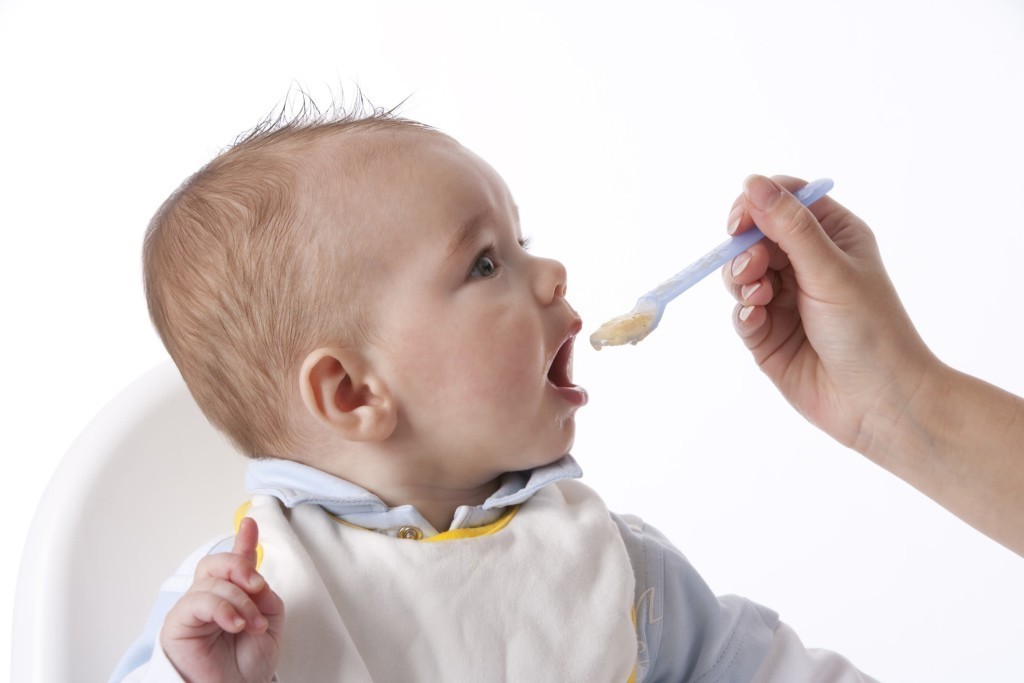 Breast milk and formula supply all the fluids that your baby needs. On very hot days, most babies do well with extra feedings.
Breast milk and formula supply all the fluids that your baby needs. On very hot days, most babies do well with extra feedings.
When your baby starts eating solid foods, you can offer a few ounces of water between feedings, but don't force it.
What About Juice?
Fruit juices are not recommended for babies. Juice offers no health benefits, even to older children. Juice can fill them up (leaving little room for more nutritious foods), promote obesity, cause diarrhea, and even put a baby at risk for cavities when teeth start coming in.
Food violence: how feeding occurs and why it is dangerous
Survival instructions
Food violence: how feeding happens and why it is dangerous
Daria Sukharchuk
March 5, 2018 14:26
forced to eat in childhood, and someone - already in adulthood. Afisha Daily asked people who were forced to eat how it affected them, and talked to psychologists and a nutritionist about the dangers of overfeeding.
Updated (May 17): The Merciless PR man Telegram channel published a post where he told how he deceived the Afisha Daily editor while preparing this material. In short, a letter arrived in the mail of Darya Blagovaya, in which the girl, who introduced herself as Marina, spoke about how her partner was force-feeding her. We became interested in this phenomenon and decided to look into the issue. It turned out that feederism is a common form of domestic violence, and we easily found heroes who experienced this, and also interviewed experts who understand the topic.
Since the story of the fictitious Marina was included in the final text, the Afisha Daily editors apologize to their readers (we consider it wrong to edit the material - in this case after the fact). In our country, cases of domestic violence are recorded very rarely, so it is almost impossible to check whether the heroes actually experienced it. Under these conditions, we tend to believe victims of domestic violence and, with their consent, tell stories in public.
What child-feeding looks like
“The worst holidays of my life were the months we spent visiting my mother's friend's parents in Brandenburg,” Sascha says. At home, she was never forced to eat, but rather, on the contrary, she was taught to say in advance how much food she needed. But in Brandenburg, they put a huge plate from an old service in front of her, on which lay "a whole bunch of food": cabbage, potatoes with sauce, a pile of meat and "some cranberry or apple in the corner." “Traveling to the other side of this plate was like crossing a desert, only to cross it, I had to rake all this sand into myself,” the girl recalls. Most of all, it was not the fat content of the food that irritated her, but its quantity - even now, according to the already adult Sasha, one such plate would be enough for her for the whole day.
“I still remember these dinners as something terrible,” she says. “They were accompanied by endless discussions. There were absurd constructions about my future and how it would be spoiled if I didn’t eat enough. Once they even told me about their distant relative, a Frenchwoman, “wrong” and thin. In this family, French women were the embodiment of all the worst in a woman's life: they were simultaneously allegedly involved in prostitution, enjoyed it, and strove to have children out of wedlock. It all had something to do with their thinness."
Once they even told me about their distant relative, a Frenchwoman, “wrong” and thin. In this family, French women were the embodiment of all the worst in a woman's life: they were simultaneously allegedly involved in prostitution, enjoyed it, and strove to have children out of wedlock. It all had something to do with their thinness."
Lyubov remembers that she was always a slender girl, ate little, and this did not bother her mother: she cooked dietary food herself and allowed her daughter to eat as much as she herself wanted. But it seemed to her grandmother and aunt, who lived in the village where Lyubov spent all her holidays since childhood, that she was too thin, and they fed her fatty foods: fried meat, lard pies, borscht. “They put a plate of food in front of me and forbade me to get up from the table until I had eaten everything,” she says. “It could go on for hours, the food got cold, it smelled bad, I fell asleep right at the table, but I couldn’t leave.” Sometimes one of the adults could sit next to them to hurry the child. They tried to feed love from a spoon, read endless lectures, in which they set the neighbor girls as an example: “They said that since they are so fat and strong, they will definitely be married, and no one will marry a bad one, because she will not be able to work. They also told me that food is the building blocks for my body, and since it is being built, I need to eat a lot. Lyubov says that even now, when she is thirty, her grandmother is still trying to feed her and at every meeting she repeats: “Eat, Lyubasha, eat!”
They tried to feed love from a spoon, read endless lectures, in which they set the neighbor girls as an example: “They said that since they are so fat and strong, they will definitely be married, and no one will marry a bad one, because she will not be able to work. They also told me that food is the building blocks for my body, and since it is being built, I need to eat a lot. Lyubov says that even now, when she is thirty, her grandmother is still trying to feed her and at every meeting she repeats: “Eat, Lyubasha, eat!”
Why do adults force children to eat a lot? Victoria Suksova believes that children are so often fed on the territory of the former USSR, because for the older generations, satiety was a matter of survival, and thinness was perceived as a sign of poor health. Psychotherapist Vlad Bukhtoyarov also connects the tendency to food violence with painful memories of famine times: “In our countries, almost every family in the last couple of generations has faced hunger: many families have either memories, or a grandmother who remembers the blockade of Leningrad, the post-war famine, or even famine.
 In addition, many were malnourished in the nineties. These traumatic memories give rise to a number of irrational attitudes: for example, that there is not enough food, and you need to eat while they are giving. It is with painful memories of the famine times that Bukhtoyarov explains the panic that began after the introduction of food sanctions: it seemed to many that something terrible was about to begin. “At the same time, force-feeding a child is a form of food violence, and talk about “if you don’t eat porridge, you won’t be strong,” “if you’re thin, you won’t get married,” are projections of adult fears onto a child,” explains Bukhtoyarov.
In addition, many were malnourished in the nineties. These traumatic memories give rise to a number of irrational attitudes: for example, that there is not enough food, and you need to eat while they are giving. It is with painful memories of the famine times that Bukhtoyarov explains the panic that began after the introduction of food sanctions: it seemed to many that something terrible was about to begin. “At the same time, force-feeding a child is a form of food violence, and talk about “if you don’t eat porridge, you won’t be strong,” “if you’re thin, you won’t get married,” are projections of adult fears onto a child,” explains Bukhtoyarov. If the fear of hunger is more characteristic of older generations, then modern parents are more likely to be guided by expert advice. Victoria Suksova believes that now knowledge about how a child should develop and how much food he needs is often drawn from popular pedagogical literature and television programs. “A mother can seriously worry about the fact that her child does not eat all the prescribed 200 grams, because she is trying to fulfill her parental duty in accordance with certain standards broadcast by society and specialists,” says Suksova.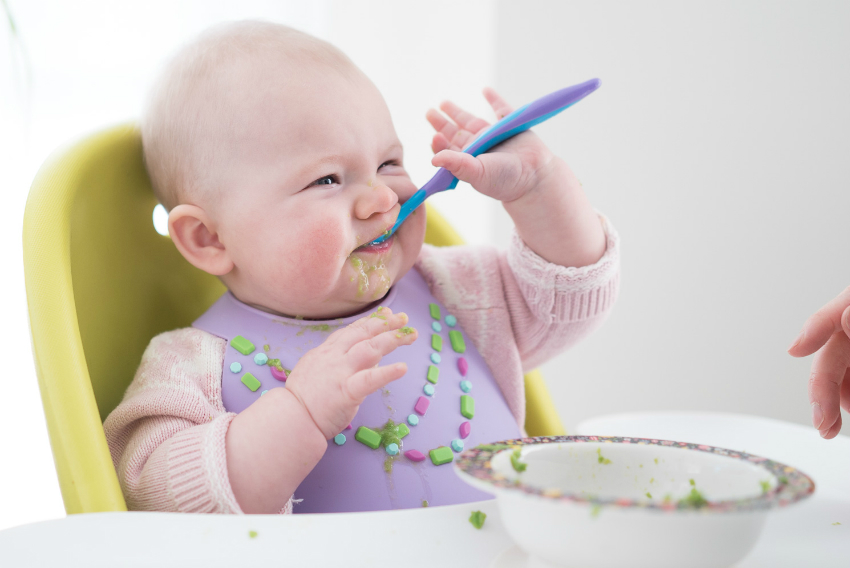 “Besides, feeding may just be one of the manifestations of an authoritarian style of parenting, when the parent is used to the child doing everything as he is told.” Under this model, according to the psychologist, any disobedience can be seen as disrespect for the authority of adults. In this case, the specialist recommends that parents think about the consequences that their actions may entail, reflect on how this feeding may affect the child, their relationship in the future: “Sometimes you just need to stop and think: why am I doing this? What do I want in the future? What do I reinforce and develop with my words, actions?
“Besides, feeding may just be one of the manifestations of an authoritarian style of parenting, when the parent is used to the child doing everything as he is told.” Under this model, according to the psychologist, any disobedience can be seen as disrespect for the authority of adults. In this case, the specialist recommends that parents think about the consequences that their actions may entail, reflect on how this feeding may affect the child, their relationship in the future: “Sometimes you just need to stop and think: why am I doing this? What do I want in the future? What do I reinforce and develop with my words, actions?
Why do adults force other adults to eat? In the case of adults, feeding is more noticeable when a person is forced to eat some specific foods that do not suit him due to his tastes or beliefs. “In appearance, everything is decent: you are invited to the table, you are offered treats. However, you cannot refuse the meal entirely or even partially, because you depend on the inviter.
 Moreover, this dependence can be very different: from emotional dependence (for example, refusal to share a meal with a parent will be perceived as an insult to parental feelings) to material or official dependence, when the inviter is your boss.
Moreover, this dependence can be very different: from emotional dependence (for example, refusal to share a meal with a parent will be perceived as an insult to parental feelings) to material or official dependence, when the inviter is your boss. In Russian and foreign forums, you can find many stories (most often anonymous) about men forcing their partners to eat a lot and gain weight. This is a less common practice than coercion to lose weight - but at its core, they are in many ways similar. A similar story happened to Marina (name changed at the request of the heroine. - Note ed. ). When they met Ivan (name changed. - Note ed. ), Marina was 27 years old, her weight was kept at the level of 62–63 kg with a height of 167 cm. “My figure never differed in fragility, but I tried to keep myself in shape,” says Marina. - In the evenings, when Ivan stayed with me, he often brought food from restaurants. I didn’t see anything wrong with that - it’s nice when a loved one wants to pamper you. Ivan knew the phone numbers of all local delivery services. He was very caring and handsome. The sex was great. I kept thinking how lucky I was with a man.” But one day Marina fell ill, she had no appetite at all, but Ivan began to insist that she eat. Marina refused for a long time, and suddenly Ivan admitted that the process of eating excites him, and if she does not eat, he will be very upset.
Ivan knew the phone numbers of all local delivery services. He was very caring and handsome. The sex was great. I kept thinking how lucky I was with a man.” But one day Marina fell ill, she had no appetite at all, but Ivan began to insist that she eat. Marina refused for a long time, and suddenly Ivan admitted that the process of eating excites him, and if she does not eat, he will be very upset.
Relations with Ivan began to revolve around food: gradually this topic began to occupy most of their conversations. Marina became annoyed by the "endless food" and her increased weight, due to which she stopped wearing her favorite things. She already weighed 85 kg, and Ivan began to jokingly call her "bun". Marina signed up for a gym and a nutritionist, and was able to convince Ivan to bring less food. But after a few months of classes, when the weight began to decrease, Ivan had another breakdown: he brought a package of food, the next evening everything happened again, and all Marina's efforts "went down the drain. " Quarrels over food began again, and one of them ended in a fight - then Marina decided that she had to run away. The next day, she packed her things and moved in with her mother. Since then, she no longer saw Ivan, although he continued to demand new meetings. By her own admission, Marina does not consider herself traumatized, and after parting, she felt great relief. The girl began to go to the gym again, and now she is happy with her weight. But until now, Marina does not like to go on dates to restaurants and hates pizza.
" Quarrels over food began again, and one of them ended in a fight - then Marina decided that she had to run away. The next day, she packed her things and moved in with her mother. Since then, she no longer saw Ivan, although he continued to demand new meetings. By her own admission, Marina does not consider herself traumatized, and after parting, she felt great relief. The girl began to go to the gym again, and now she is happy with her weight. But until now, Marina does not like to go on dates to restaurants and hates pizza.
According to Svetlana Timofeeva, a person who tries to force feed his partner perceives him as an object and does not take into account his individual preferences and needs. “Food does have a certain erotic context,” says Vlad Bukhtoyarov. - In itself, the inclusion of food and fullness in the sexual game is normal. But, like everything in a healthy relationship, this should only happen with the mutual consent of both participants. Forcing a person to gain weight is no better than forcing him to lose weight, and what Ivan did was, of course, a form of violence. ”
”
Consequences of feeding
A person who was fed in childhood, in adult life may have a poor sense of his feelings - for example, not notice the feeling of satiety and hunger. Lyubov speaks about this: “In childhood, I simply did not separate the feeling of hunger from other unpleasant sensations, so I did not understand when I needed to eat. Once, already in my teens, I did not eat for several days - and then for the first time I was afraid of my own weakness. It seems to me that this is more of a nervous problem, because I never wanted to lose weight on purpose, I was already thin to the point of transparency. Now, according to Lyubov, she has no problems with nutrition, but sometimes she still has to remind herself to eat.
“In childhood and adolescence, a relationship with food is formed in a person - the child develops preferences for certain foods and trains the physiological mechanisms responsible for the feeling of hunger and satiety,” says nutritionist Maria Budryte, a graduate of King's College London. - In order to avoid problems with overeating in adulthood, a child needs to learn to eat in the amount that his body requires. A healthy body knows when it needs to eat, and children are no exception. If a child gets hungry, he will ask for it himself.” Vlad Bukhtoyarov also says that the child should decide for himself how much food he needs and when, parents only need to provide the child with access to the right food. However, according to the expert, the traditional model of parenting does not assume that the child has the freedom to make decisions - when the child will eat, sleep or play, parents usually decide.
- In order to avoid problems with overeating in adulthood, a child needs to learn to eat in the amount that his body requires. A healthy body knows when it needs to eat, and children are no exception. If a child gets hungry, he will ask for it himself.” Vlad Bukhtoyarov also says that the child should decide for himself how much food he needs and when, parents only need to provide the child with access to the right food. However, according to the expert, the traditional model of parenting does not assume that the child has the freedom to make decisions - when the child will eat, sleep or play, parents usually decide.
According to Lyubov's recollections, visiting her grandmother felt almost constant stress, especially when it came to food. Victoria Suksova believes that force-feeding causes a more active protest in the child, because it is a violation of bodily boundaries. As a rule, feeding is perceived as more painful than, for example, forced viewing of "War and Peace", and spoils the relationship between the child and those who feed him more.
“For an adult, feeding can turn into problems with the digestive organs, as well as a feeling that they don’t put you in anything and don’t reckon with you. That you deserve to be “raped by food,” says Svetlana Timofeeva. According to her, such treatment and the suffering associated with it can also lead to an eating disorder - compulsive overeating or, conversely, refusal to eat. In the very situation of force-feeding, the person who is being fed will be angry and feel guilty, regardless of whether he agreed to eat what he did not want (and felt weak and insignificant), or refused (and offended the one who fed him), explains the psychotherapist.
When help is needed
According to Maria Budryte, both malnutrition and overeating are dangerous in childhood. Malnutrition can affect the development of the nervous and immune systems, as well as lead to excess weight in adulthood. If the child's parents suspect that the child is underweight or is not eating enough, they should consult a doctor.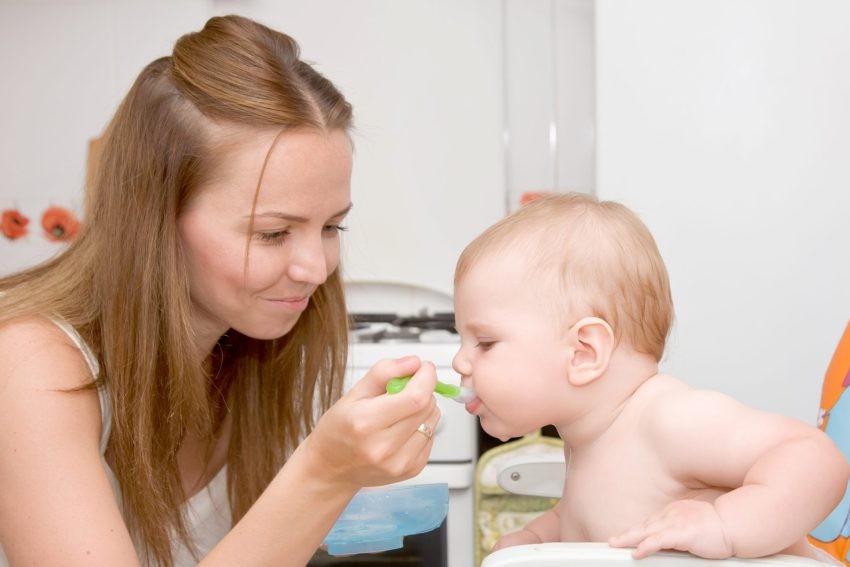 And treatment should take place under the supervision of specialists - nutritionists and endocrinologists.
And treatment should take place under the supervision of specialists - nutritionists and endocrinologists.
Overeating, which feeding often leads to, is also dangerous: it can lead to obesity, which increases the risk of diabetes and cardiovascular disease in the future. In addition, it is sometimes associated with eating disorders such as anorexia and bulimia in adolescence. “You should not scold the child for not finishing his portion or refusing to eat because he is already full,” Budrite says. “If the child systematically refuses to eat, try to understand the reasons for this behavior.”
For those who themselves seek to feed their loved ones against their will, family therapist Svetlana Timofeeva advises to think about what feelings they want to express by persistently offering food, and come up with another way to demonstrate them. “In some cases, the need to feed, feed, can mask other, deeper and unrealized needs of a person - for example, to be significant for another,” says Timofeeva. “Sometimes the feeder is affected by social or family attitudes that were relevant in the past, in an era of scarcity or famine, when the value of food was crucial.”
“Sometimes the feeder is affected by social or family attitudes that were relevant in the past, in an era of scarcity or famine, when the value of food was crucial.”
tell your friends
tags
foodit happened to mepsychologyviolencehow to livehealthy nutritionhealthAbill Daily and parental love. When schools and kindergartens are closed, moms and dads have to figure out how to entertain children 24 hours a day, what to feed, how to entertain and don't go crazy with it. And if you find it difficult to establish a daily life in lack of school canteens, kindergarten lunches and children's menus in restaurants, then you are not alone in the world. For self-doubting dads and moms Liz Ganzor, nutritionist at the Harvard Public Health Institute, wrote the instruction "Baby food in quarantine." Nothing it does not offer anything revolutionary, but to speak again the familiar truths, helping to make food at home boring and complete, will not be superfluous.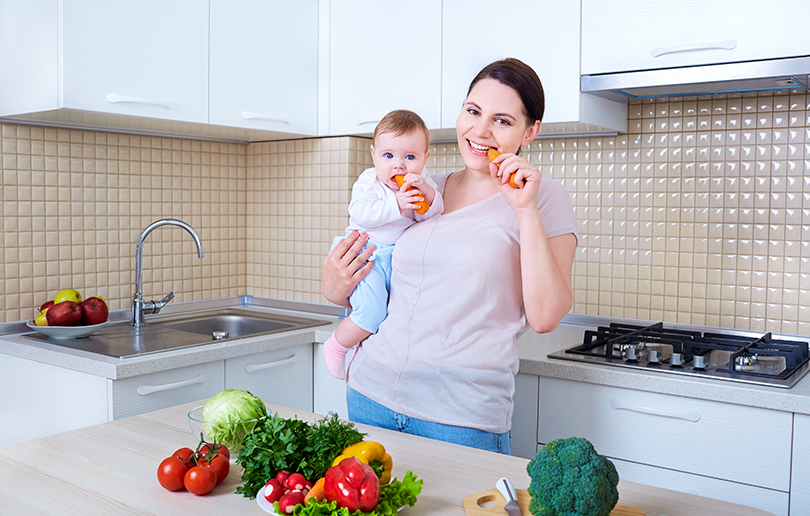 And in addition to the theory, there is also a little practice - we have collected 11 simple and understandable recipes for dishes from available products, which suitable not only for children, but also for the whole family.
And in addition to the theory, there is also a little practice - we have collected 11 simple and understandable recipes for dishes from available products, which suitable not only for children, but also for the whole family.
Excerpts from "Baby Food Under Quarantine" by Liz Ganzor:
- Food must be prepared naturally. naturalness implies the rejection of factory semi-finished products for long-term storage, stuffed with preservatives. Family dinner prepared by mom, not a semi-finished product thawed in the microwave, gives the child a feeling of care and security, which is especially important today.
- Learn to calmly accept the ability of the child yourself determine the right amount of food for him. Today he might want to eat less, tomorrow - more, there is nothing wrong with that ... But the psychological blackmailing adults, even if they are well-intentioned, causes the child to perceive food as a means manipulations: here we finish the soup, my mother will be pleased, and they will allow me to play phone.
 So the child stops “hearing” his own appetite, and here it’s not far from serious eating disorders.
So the child stops “hearing” his own appetite, and here it’s not far from serious eating disorders. - Up to 14 years, the child literally "eats with his eyes": attractive the appearance of the dishes can make him sympathize with homemade food. Take on weapons "traffic light principle" - shades red, green and yellow arouse emotions in the mind of the child, inciting appetite. This is a handy way to do it the child's menu is complete: so, orange-yellow shades of products (pumpkins, carrots) indicate the presence of beta-carotene, red (tomatoes) - that they contain lycopene is quite a powerful immunity booster, and green signals chlorophyll, a substance which saturates blood cells with oxygen.
- Giving sweets to a child on demand, trying to distract his attention is not the best option. Fast carbohydrates - muffin, chocolate sweets, packaged juices - dramatically increase the glycemic index of the blood, lead to a burst of hyperactivity, and in as a result, you risk getting an uncontrollable monster next to you.

- Try not to deviate from the established diet. Lock the refrigerator (at least in a figurative sense) between the main food intake. Psychologists have proven that a regime failure for a child is always a signal anxiety. Although from time to time it is worth arranging a holiday of disobedience for a child, for example, having a picnic on the balcony so that life at home does not turn into a boring routine.
- Turn cooking food for fun. Have you ever wanted to learn how to bake a cake or make creme brulee? but not enough time? Now it is! And by the way, cooking with kids is fun too. adventure, and the opportunity to teach your child favorite family recipes, and the chance make a dozen stories on instagram.
- Not let yourself become a kitchen slave. Don't get depressed while cooking every day a three-course lunch, breakfast and dinner. You don't want to open restaurant at home. The world is full of dishes which taste better the next day. A soup or stew can be a few days to stand in the refrigerator.
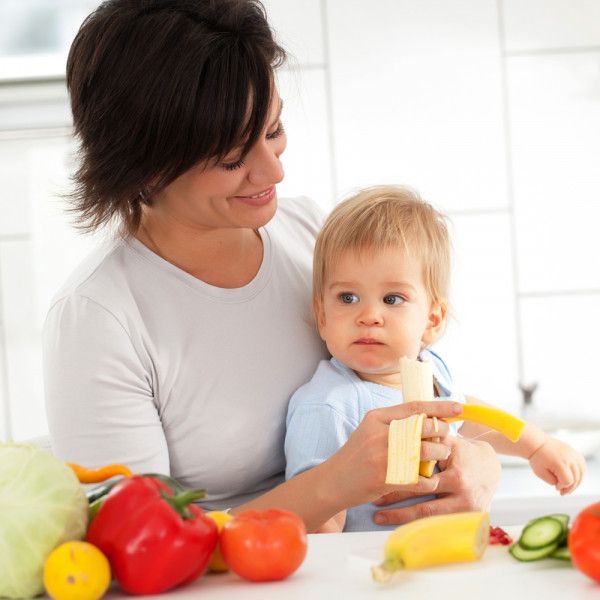
Omelette soufflé
breakfast you can cook an omelette in the form of a delicate airy soufflé. Essentially, this filling for french pie quiche lauren, only without the dough. The recipe attracts variety: today you can add ham to it, tomorrow - fried vegetables, smoked or salted fish or any meat, not forgetting to chop it finely.
Recipe
Breakfast French cuisine
213 14 4889
Alexey Zimin
11 ingredients 25 minutes
Chicken noodle soup
Simple and healthy chicken soup. The one that was once cooked caring mothers for us: in a clear broth, with freckles of fried onions and carrots. But a small touch - a clove added to the broth - distinguishes it from fresh catering food. Sudden separation from the office is a great excuse learn how to make noodles with your own hands, with it the soup will be even tastier and cooked quite at home.
Recipe
Soups Russian kitchen Children's menu step -by -step recipes
24 7 653
Author: food
10 Ingredients 2 hours
Bryp
You won’t get far on chicken noodles alone, so here’s another version of the soup for all times. Made from improvised products, nourishing due to pearl barley cereals and potatoes, not dull because of the pickle. In addition, you will be attach a pickle from an open can of cucumbers - it is added to the soup in the very end.
Made from improvised products, nourishing due to pearl barley cereals and potatoes, not dull because of the pickle. In addition, you will be attach a pickle from an open can of cucumbers - it is added to the soup in the very end.
Recipe
Soups Russian kitchen step -by -step recipes
12 1 355
Author: Food
14 Ingredients 3 hours 9000
Cottage cheese and buckwheat are important elements healthy children's menu. In order not to get bored on a monotonous diet, you can take and "marry". Buckwheat only needs to be boiled, everything is mixed and loaded into multicooker that will do all the work for you. If multicookers on the farm no, you can bake the casserole in the oven - at 180 degrees, 20 minutes is enough. And in as a vitamin filling, use apple slices, nuts and dried fruits.
Recipe
Breakfast European cuisine
15 5 410
Redmond_receipts
Content - meat, cabbage, rice - it's quite pigeons.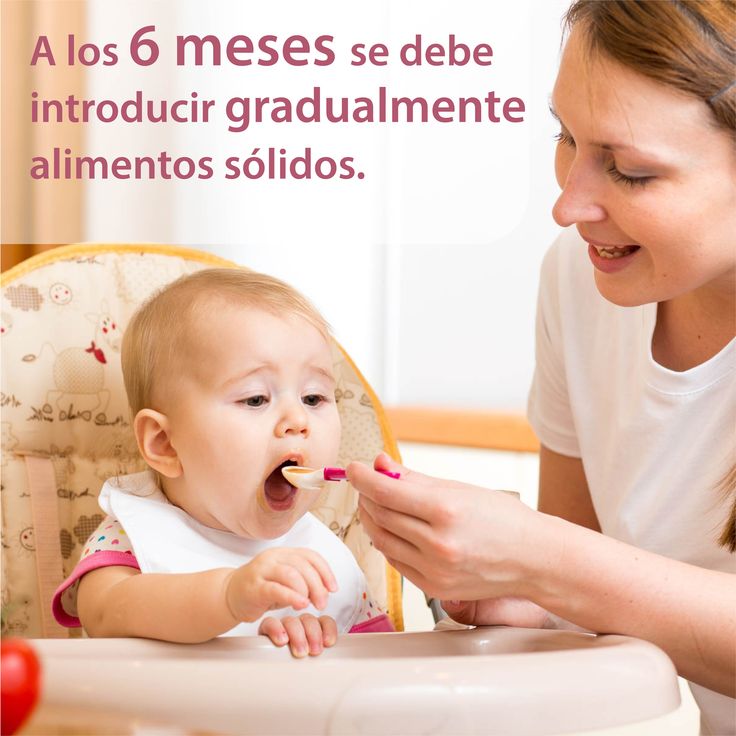 But in a simplified version: there is no need to boil a head of cabbage in boiling water and wrap the minced meat in a cabbage leaf. Everything is just finely chopped and fried in a pan, and then lightly stewed in broth. It turns out Ideal even for inexperienced parents. Cilantro, if your child cannot stand it, can be easily replaced with parsley.
But in a simplified version: there is no need to boil a head of cabbage in boiling water and wrap the minced meat in a cabbage leaf. Everything is just finely chopped and fried in a pan, and then lightly stewed in broth. It turns out Ideal even for inexperienced parents. Cilantro, if your child cannot stand it, can be easily replaced with parsley.
Recipe
Main dishes of world kitchen step -by -step recipes
87 15 1801
Author: Alexey Zimin
16 Ingredients 40 minutes
Meat Hedes.
Textbook children's dish — meatballs with rice, codenamed hedgehogs. In the role of needles - rice with long grains. The dish is good because it is very easy to prepare, and also contains approximately equal amount of proteins and carbohydrates. You can serve hedgehogs without garnish, with the same sauce in which they were stewed.
Recipe
Main Dishes Russian Cuisine Step by Step Recipes
21 1 533
Author:Food
10 Ingredients 3 Cheese 90 119 90 119
All, with rare exceptions, children tied to hefty portions of baked macaroni with golden cheese crust.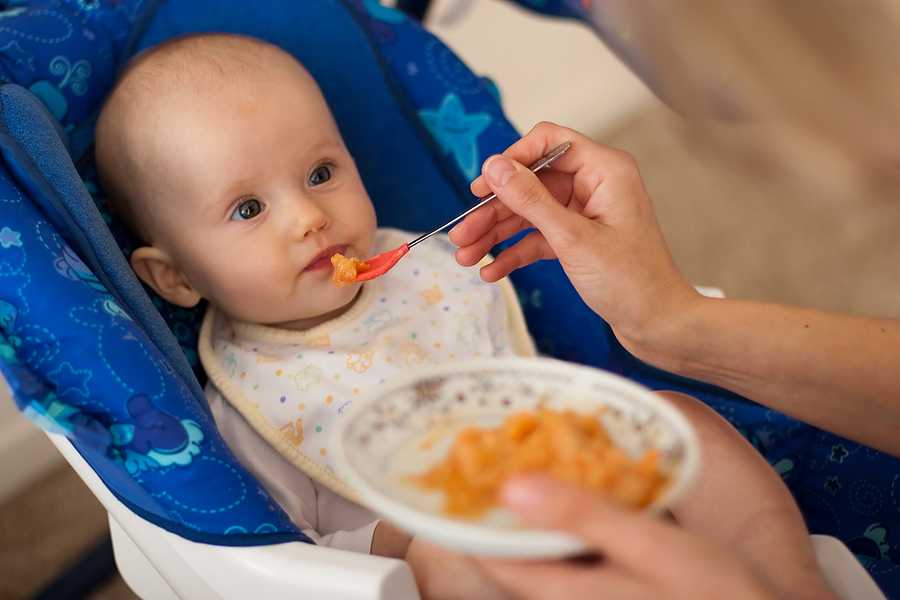 And it's not just pasta. - a whole casserole! This dish is known all over the world mac&cheese, and in it, of course, a million calories. But children, especially active ones, are not afraid. Although if If you want to lighten the plot, replace a third of the pasta with cauliflower or broccoli florets.
And it's not just pasta. - a whole casserole! This dish is known all over the world mac&cheese, and in it, of course, a million calories. But children, especially active ones, are not afraid. Although if If you want to lighten the plot, replace a third of the pasta with cauliflower or broccoli florets.
Recipe
Main dishes American kitchen step -by -step recipes
62 22 2204
Author: Food
9 9 Ingredients 55 minutes
POTALITERS WITH AND LEC and egg
A very convenient dish in everyday life - yesterday's potato is suitable for it. puree that looks great in zrazy. Then the plot can be changed to infinity: stuff zrazy not with an egg, but with mushrooms or minced meat with green peas. And sauces vary from tomato and sour cream to tender, but not heavy bechamel sauce.
Recipe
Main dishes Belarusian kitchen step recipes
200119 6 1676
Author: Food
10 Ingredients 40 minutes
Dairy cakes from childhood
Hello from childhood, which is even more valuable to parents than their heirs. Its value is rather not dietary, but psychological - in that sense that it is precisely such nostalgic things that bring us back to that distant a time when we felt carefree and completely protected from different adversity, which helps to cope with stress. By the way, you can bake them with children to keep them busy.
Its value is rather not dietary, but psychological - in that sense that it is precisely such nostalgic things that bring us back to that distant a time when we felt carefree and completely protected from different adversity, which helps to cope with stress. By the way, you can bake them with children to keep them busy.
Recipe
Pastry and desserts Russian cuisine
86 17 879
Author:Alena
7 ingredients 903 903 minutes Compote of frozen berries 9010 40 40
Vitamin recharge, which, if you know a couple of simple things, the maximum reminiscent of a compote of fresh berries. Here's what's important: do not defrost the berries first, then they will not turn into porridge, and cook compote no longer than five minutes. Then take it off the heat and let it cool down. and brew under the lid to fully reveal the fruity taste and aroma. brew compote immediately in large pots - for children it is healthier than sugary sodas.
Recipe
Drinks Russian cuisine
106 11 934
Author: Anna Yushchenko
3 ingredients 40 minutes from terrible children
The secret weapon for the most extreme case or the holiday of disobedience as it is.

